Journalists and media workers continue to face great danger in the course of their duties, with 55 of them reported to have been killed in 2021 in connection with their profession, according to the United Nations Educational, Scientific, and Cultural Organisation (UNESCO).
“Once again in 2021, far too many journalists paid the ultimate price to bring truth to light. Right now, the world needs independent, factual information more than ever. We must do more to ensure that those who work tirelessly to provide this can do so without fear,” said UNESCO Director-General Audrey Azoulay in a statement issued on January 6, 2022.
Although the 2021 deaths are the lowest the UNESCO Observatory of Killed Journalists, which tracks actions taken to punish crimes against media practitioners, has recorded in over a decade, the impunity connected to the killing of media professionals continues unabated, with almost 90 per cent of the killings since 2006 still unresolved.
Another worrying trend that UNESCO observed was that two-thirds of the deaths were in countries not experiencing armed conflict.
“This is a complete reversal of the situation just a few years ago, in 2013, where two-thirds of victims died in countries experiencing conflict,” said a statement posted on UN News. It added that this shows the continued risks journalists face in their daily reporting to expose wrongdoing.
UNESCO reported that the majority of deaths in 2021 took place in just two regions – the Asia-Pacific, with 23 killings, and Latin America and the Caribbean, with 14.
Journalists also continued to face high rates of imprisonment, physical attack, intimidation, and harassment, including when reporting on protests, the UN agency said.
Women journalists were subjected to harassment online, with three-quarters of female media professionals surveyed saying they had experienced online violence linked to their work.
The International Federation of Journalists (IFJ) put the journalist fatalities at 45, terming it “one of the lowest death tolls” it had recorded for any year.
“While this decrease is welcome news, it is small comfort in the face of continued violence,” IFJ said in a statement on December 31, 2021.
Reporters Without Borders (RSF) had released a similar death toll earlier that month, saying 46 journalists had been killed during the year. It acknowledged that this was the lowest in the 26 years it had been tallying the deaths.
According to IFJ, media workers “more often than not are killed for exposing corruption, crime and abuse of power in their communities, cities and countries”.
Regionally, Asia Pacific was the deadliest, with 20 killings, followed by the Americas with 10, while Africa was in third place with eight.
IFJ Secretary-General Anthony Bellanger reiterated his organisation’s support for a UN convention for the protection of journalists.
The Committee to Protect Journalists (CPJ) said the number of media professionals in prison had continued to rise over the years. In its report released at the beginning of December 2021, the organisation said 293 reporters were imprisoned worldwide.
The international Press Institute (IPI) painted a similarly gloomy picture, saying 45 journalists and media workers were killed in connection with their work or while on assignment. It listed 11 cases still under investigation to establish if the deaths were connected to the journalists’ work.
Saying journalists’ safety was a global challenge as it released its Death Watch report at the end of December 2021, IPI urged the authorities to end impunity for crimes against media workers and ensure the protection of journalists to enable them to do their work freely and safely.
The IPI’s Death Watch lists journalists and media staff whose deaths have been linked to journalism.







